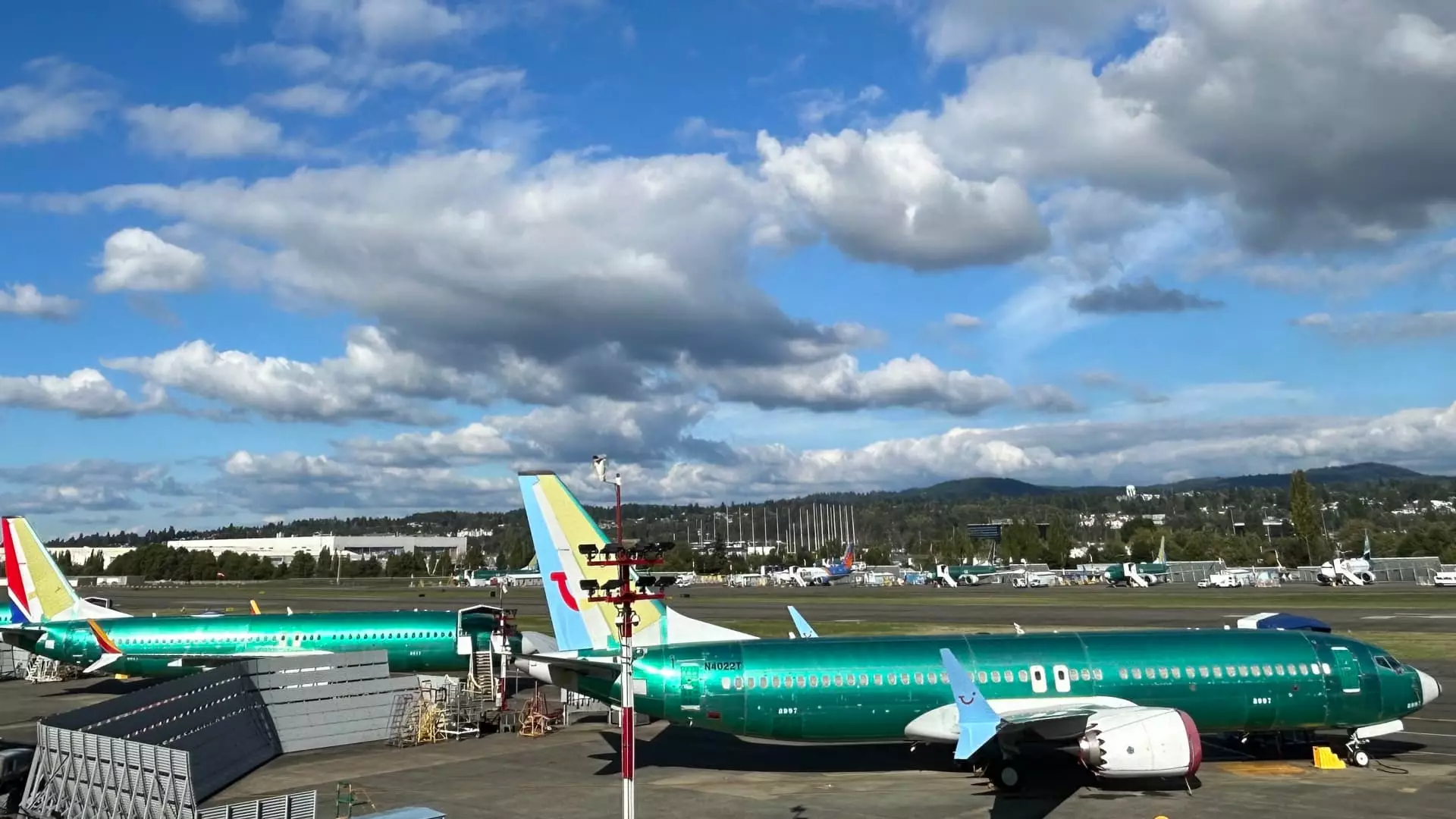In September, Boeing managed to deliver 33 aircraft—a modest increase compared to last year’s 27 deliveries during the same month. However, this performance appears significantly hampered when viewed in the context of their overall production. With a cumulative total of 291 aircraft delivered so far in 2023, Boeing is lagging behind the 371 planes delivered by the same point last year. This escalating challenge is amplified by a critical labor strike that looms large over their operations, indicating that the company is navigating a treacherous landscape amidst stiff competition.
At the center of Boeing’s troubles is a machinist strike that has been ongoing for four weeks, stemming from a rejected tentative agreement between Boeing and its employees’ union. The impact of this industrial action is palpable, with the company already incurring more than $8 billion in losses this year due to reduced deliveries. It’s essential to note that most of the revenue from aircraft sales materializes at the point of delivery, hence the urgency for Boeing to resolve its labor issues. Jefferies aerospace analyst Sheila Kahyaoglu indicated that while Boeing has delivered 27 of its popular 737 Max model planes, the majority of these deliveries occurred before the strike was initiated, reflecting a potential pattern of operational disruption.
Amid Boeing’s troubles, Airbus has continued to assert its dominance in the aircraft manufacturing sector, delivering a total of 447 planes up to August 2023. The stark contrast in performance raises critical questions about Boeing’s strategy and production capabilities. The company’s planned ramp-up to produce 38 Max aircraft per month appears to be significantly impacted by ongoing challenges, including labor disputes and a recent incident involving one of their 737 Max 9s that nearly resulted in a disaster. Such setbacks create vulnerabilities that could allow competitors like Airbus to capitalize and expand their market share.
As Boeing looks ahead, forthcoming quarterly results to be announced on October 23 will shed light on the financial implications stemming from the strike and production limitations. The potential for a resolution of these labor issues is crucial; analysts estimate a return to a monthly production rate of 25 Max models if negotiations conclude positively in October. However, any ambitions to ramp up to the previously targeted levels may face an additional year of delay, increasing uncertainty for both the company and its stakeholders.
Boeing’s current situation underscores a critical need for reevaluation of its operational strategies in light of labor challenges, competition, and recent safety incidents. As they navigate through these turbulent waters, it will be essential for the company to address its internal issues effectively while continuing to innovate and maintain the trust of both consumers and investors in a highly competitive market. The coming months will be pivotal for Boeing as they seek to balance operational efficiency with the demands of a changing landscape.

